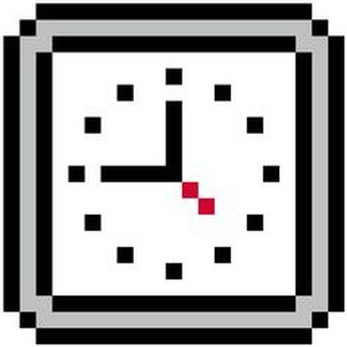Time Loop 2012
Your are Dr. Kessler, an archaeologist, and you've stumbled across mysterious ancient ruins in the jungle. Only TIME will tell what secret powers they hold...
(Creator's note: You can enter through ~most~ doorways, so try doors if you see 'em!)
Also, a link to some atmospheric tunes (because adding music to Bitsy hurts my brain):
Story Outline:
Intro
- Jungle
- Exposition
- Mayan temple → Inciting incident
- Travel to the past
Rising Action
- The “Facility” → Introduce some more exposition and mystique
- The League of Nations → Environment/rpg story elements
- Wild West → World interaction/small puzzle
- The Saloon
- Interact with sprites
- The Ranch House
- Pick up “quest” item
- The Railroad
- Interact with sprites
- More world building
- The Saloon
- The Middle Ages → funny moment/monty python reference
- Put “quest” item to use as well
- Easter egg for those who didn’t pick it up earlier
Finale
- Return to temple room → Plot twist
- Full circle ending → Spoiler (it’s a time loop)
Concepts:
When creating my game, there were a variety of things I took into consideration to make the game experience, and therefore the narrative experience, flow with ease. These were, primarily, the artwork, room layout, and transitions. I wanted the player to better understand what was happening, how to navigate the world, and have some agency in the overall experience.
The artwork was the most critical for helping the player understand what was going on, and their position in the game world. In an 8bit world, the artwork is incredibly simplistic. Because of this limitation, it was important to be consistent with the way things appeared, and to make the art easily recognizable at a basal level. “When pictures are more abstracted from “reality,” they require greater levels of perception more like words. (McCloud, pg. 49)” The player must work harder to make out what things are with what little details are present. So, it was vital to distinguish different game elements. I made the player’s avatar, the sprites, and items in game white so that they would consistently standout from the background. Navigation was also important to the game/storytelling experience. Traveling in between rooms in Bitsy is much like navigating panels in a comic. According to McCloud, these panels “...fracture both time and space… (pg. 67)” I approached this in several ways. First, I emphasized that the character and world were moving backwards by having the player move right to left; the opposite direction in which we read. Only in spaces that did not travel backwards in time did this change. I also made sure that the direction the character was consistent between rooms to avoid discombobulating the player. I also had certain elements span multiple rooms, such as the railroad in the wild west portion of the game. Lastly, the transitions were a vital component to capturing the time travel aspect of the game. Our brains naturally want to fill in the blanks between transitions, and they are therefore “creating the illusion of time and motion. (pg. 94)” However, it is essential that the game takes advantage of this mechanism, and works in conjunction with it, in order for the game to flow. To initiate the idea of time travel, I dedicated an entire room to move the player into the past; accompanied with animated tiles and bright pink background. I also, very simply, added wavy transitions between exits to establish that the player was traveling through time.
There were some takeaways from theme park design and narrative that also inspired my work. When brainstorming for the project, I made sure to reflect upon high concept ideas. Having a simple one sentence idea pitch solidified my primary goal, and was the guiding principle in most of my decision making. It presented all sorts of questions that aided in my creative process. (Quirky scenarios? Butterfly effect? Paradoxes? Etc…) I also storyboarded for the project, and made sure to have concrete ideas for each room before actually fleshing it out. This helped to define pivotal moments in the narrative, and also finalize the narrative itself. And, take the previous high concept idea and turn it into something tangible. The concept of the Disney “weenie” was also an important component of my game design. I made sure to place things in the game world to act as visual magnets. Primarily, for navigation purposes, I made distinct animations for the exits in each room: a blinking square time portal. No matter where the player was in the room (or world), they knew what to look for to progress. I also placed other game tiles to suggest possible modes of travel, such as the railroad or doors in buildings.
| Status | Released |
| Platforms | HTML5 |
| Author | OldManSmithers |
| Genre | Adventure |
| Made with | bitsy |
| Tags | 2D, 8-Bit, Pixel Art, Text based |

Leave a comment
Log in with itch.io to leave a comment.